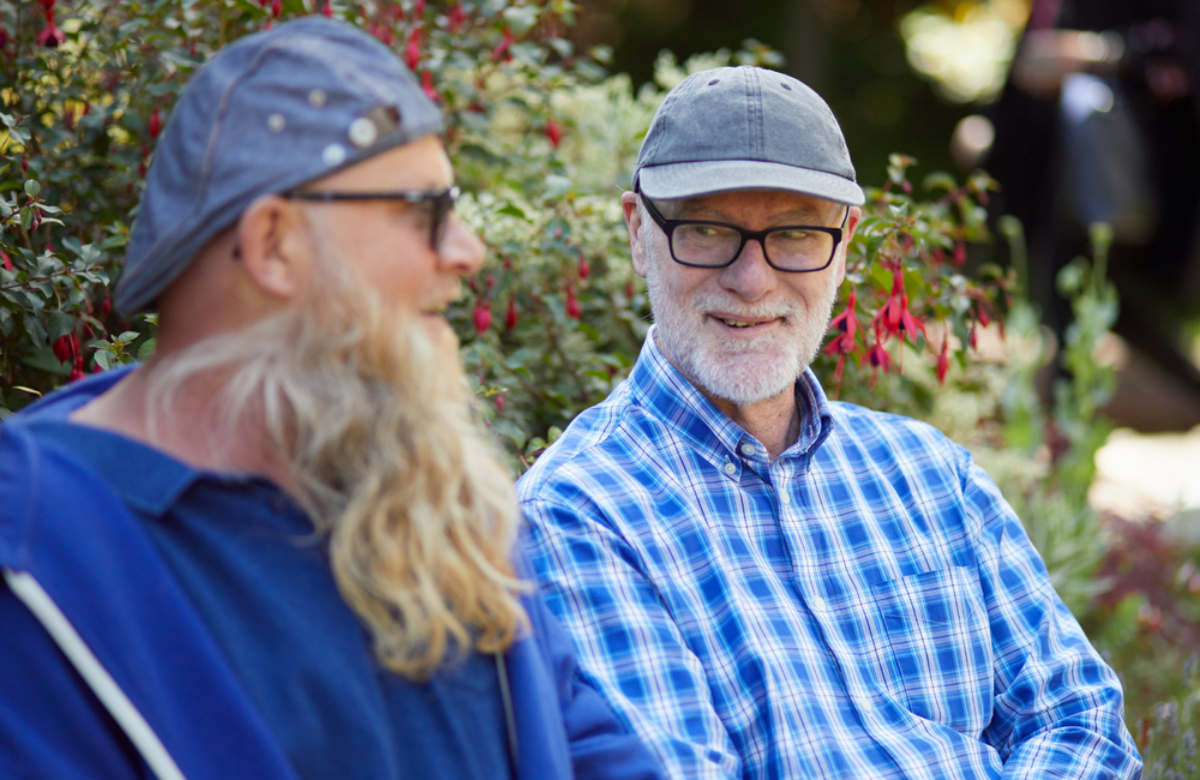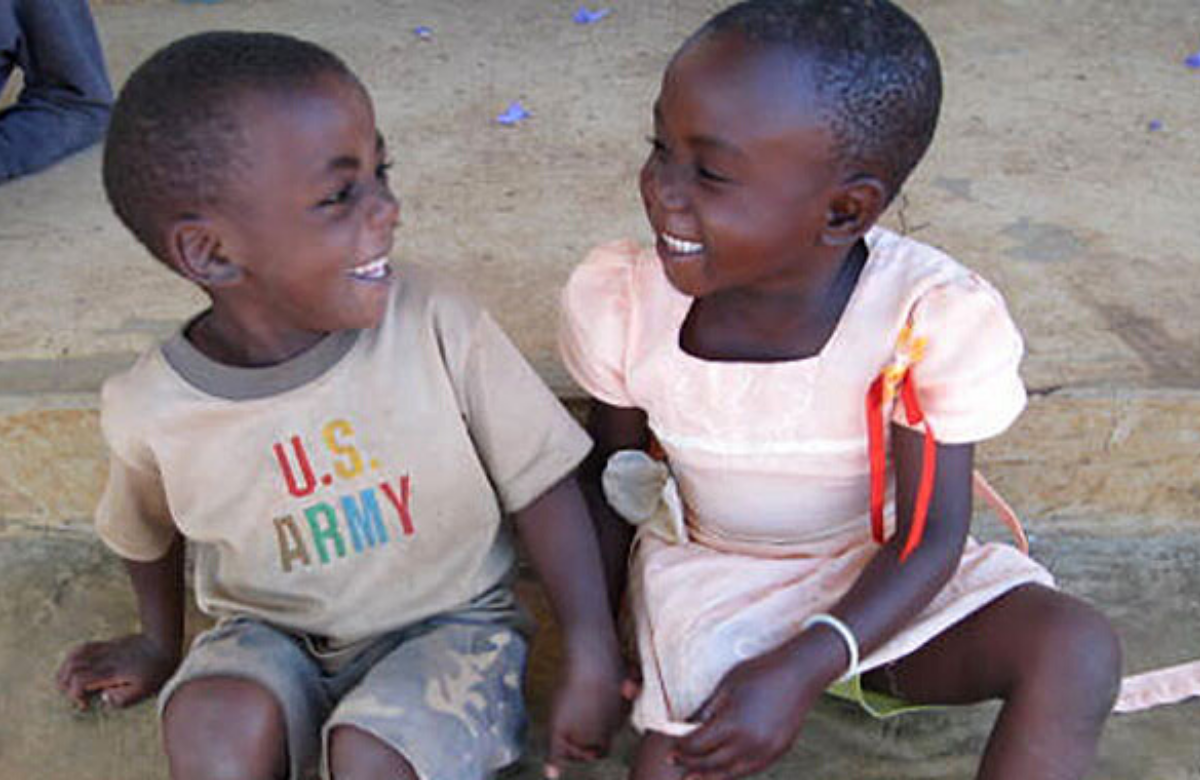The news you may have missed from AIDS 2020
The 23rd International AIDS Conference (AIDS 2020) was held as a virtual, online event earlier this month. Major issues which made the headlines were the case of one man who might have been cured of HIV, the impact of COVID-19 on people with HIV and several studies on weight gain in people taking HIV treatment.
This edition of HIV update focuses on some of the other reports from the conference that you may have missed.
Ageing with HIV

Ageing with HIV was highlighted as an important theme at the conference. As a result of improved access to effective treatments globally, people with HIV are living much longer than ever before. It is estimated that by 2030, 70% of people living with HIV will be 50 years or older.
However, the people who take part in clinical trials of new HIV medications tend to be male, white and middle aged. An analysis of trial results specifically in people over the age of 65 is therefore welcome.
The study was on the single-tablet regimen Biktarvy, which has become one of the most widely used anti-HIV medications in the United States since it became available in 2018. Its components are the integrase inhibitor bictegravir, tenofovir alafenamide and emtricitabine. Data from 140 people over the age of 65 who took part in four separate studies were analysed together.
Nine in ten people who switched to the drug maintained an undetectable viral load almost one year later, very few people had side effects, there was some weight gain, and cholesterol and kidney function improved a little.
Other studies have shown that the combination has few interactions with other medications, which is an important issue for older people who may have other health conditions.
In a second study, Australian researchers interviewed 73 people living with HIV about their experience of getting older. Most were men, had been living with HIV for more than 15 years, were receiving state benefits and had other health issues on top of HIV.
A central challenge highlighted by participants was a feeling of invisibility that accompanied ageing with HIV. One reason for this was the medical focus on HIV treatment and the absence of disease, which neglects other aspects of overall wellbeing. Feelings of invisibility were exacerbated by HIV stigma and age-based discrimination.
Fears that are frequently expressed by older people in the wider population such as the possible loss of agency and control were also raised. Participants said that they did not want to burden others if they lose independence.
The interviewees also identified factors that could be protective and add meaning to their lives. These included accepting their HIV status, maintaining social connections, volunteering and the desire to feel useful. In dealing with challenges, many participants displayed the ability to develop resilience – an ability to successfully recover from setbacks – that could assist them with future challenges and with remaining hopeful.
The researchers say there is a need for strengths-based programmes aimed at developing resilience in people getting older with HIV.
Children of HIV-positive mothers

Does being born to a mother living with HIV have any impact on the child’s development? Several studies in the last few years have looked into this question, comparing the babies of HIV-positive and HIV-negative mothers. In these studies, none of the children had HIV themselves.
Some of the previous studies have identified small differences in growth, vocabulary, behaviour, and so on. However, most of those studies only followed children for their first year or two of life, and often relied on data collected in African countries before HIV treatment was widely available.
South African researchers presented a study in which the children were followed up to five years of age (and they are continuing to collect data as the children get older). Its results are more encouraging.
The study recruited 1150 pregnant women in Cape Town in 2009-2010. A third of the mothers are living with HIV but only a minority have consistently taken HIV treatment. The socioeconomic profiles of the HIV-positive and HIV-negative mothers were generally similar, and reflect the hardships of township life. Not having enough food was a common problem, especially among the HIV-positive mothers and their children.
At first, the infants of HIV-positive mothers had slightly lower weight and height, but these differences decreased as the children got older and were not ‘statistically significant’ (in other words, could have been due to chance). At age five, there were no differences in psychological development: cognitive skills, vocabulary, motor skills and behaviour.
New personal finance pages

We’ve recently published eight new pages on personal finance for people living with HIV. These include pages on different types of insurance (health, life, accident and critical illness), and information on mortgages and income protection.
New anti-HIV medication

There wasn’t a lot of news about new anti-HIV medications at the conference, although researchers did present more data about islatravir, a new drug which works in a different way from existing medications.
It is a nucleoside reverse transcriptase translocation inhibitor (NRTTI), which means it has a double mode of action that prevents the assembly of HIV DNA at two different stages. It is active at much lower doses than other antiretrovirals, works against HIV with drug-resistance mutations, and has a long half-life in the body. It is being studied for long-acting pre-exposure prophylaxis (PrEP) as well as for HIV treatment.
The research involved 121 people taking HIV treatment for the first time. It tested islatravir in combination with the non-nucleoside reverse transcriptase inhibitor (NNRTI) doravirine (Pifeltro). This kept viral load suppressed for 48 weeks, with only a small number of study participants experiencing treatment failure. Treatment was generally safe and well tolerated.
The next stage is for several larger studies of this two-drug combination to be completed.
Your risk of heart disease

Doctors very often use risk scores to assess your risk of having a heart attack or stroke in the future. The doctor puts information about your age, gender, blood pressure, cholesterol and smoking into a computer, which then gives an indication of how likely you are to have heart disease in the next five or ten years. Doctors use this to gauge how important it is to offer lifestyle advice and medication to lower the risk.
However, the risk scores were developed based on data from people in the general population. American researchers say these tools don’t work for people living with HIV – they underestimate the risk. On average, people with HIV were more likely to have future heart problems than the tools predicted.
In particular, they underestimated the risk for women. And they did worse for people treated at a hospital that often looks after socially disadvantaged groups of patients than they did for a more affluent group of patients.
How to lose weight if you have HIV

As for anyone, it’s important for people with HIV to maintain a healthy body weight. Whether you have gained weight due to an imbalance of food and exercise, or having started HIV treatment, the steps to weight loss are the same.
We’ve published a new page on how to lose weight if you have HIV which includes basic steps towards weight loss, and information on weight gain in pregnancy and medicine to help you lose weight.
Editors’ picks from other sources
Stigma around HIV still rampant in US, study finds | Reuters
Nearly nine out of ten Americans believe there is still stigma around HIV, while 59% think it is important to be careful around people who are HIV positive, a study has found. Only about a third of those surveyed said that someone living with HIV “shouldn’t have to tell others” about their condition.
In milestone for women’s HIV prevention, European Medicines Agency adopts positive opinion on monthly vaginal ring to reduce HIV risk | International Partnership for Microbicides (IPM)
IPM’s dapivirine ring could give women in sub-Saharan Africa first long-acting HIV prevention option; the opinion paves the way for World Health Organization and national regulatory reviews.
HIV survivors confront painful memories and new risks in pandemic | New York Times
Around Palm Springs, survivors of the AIDS crisis found community, but old fears are returning.
Watch 40 years of personal stories from the AIDS epidemic | POZ
A new storytelling web platform titled 2020/40 collects multimedia stories from 40 years of the HIV pandemic. Launched by the National AIDS Memorial and hosted on AIDSMemorial.org, the initiative uploads a different story each week.
